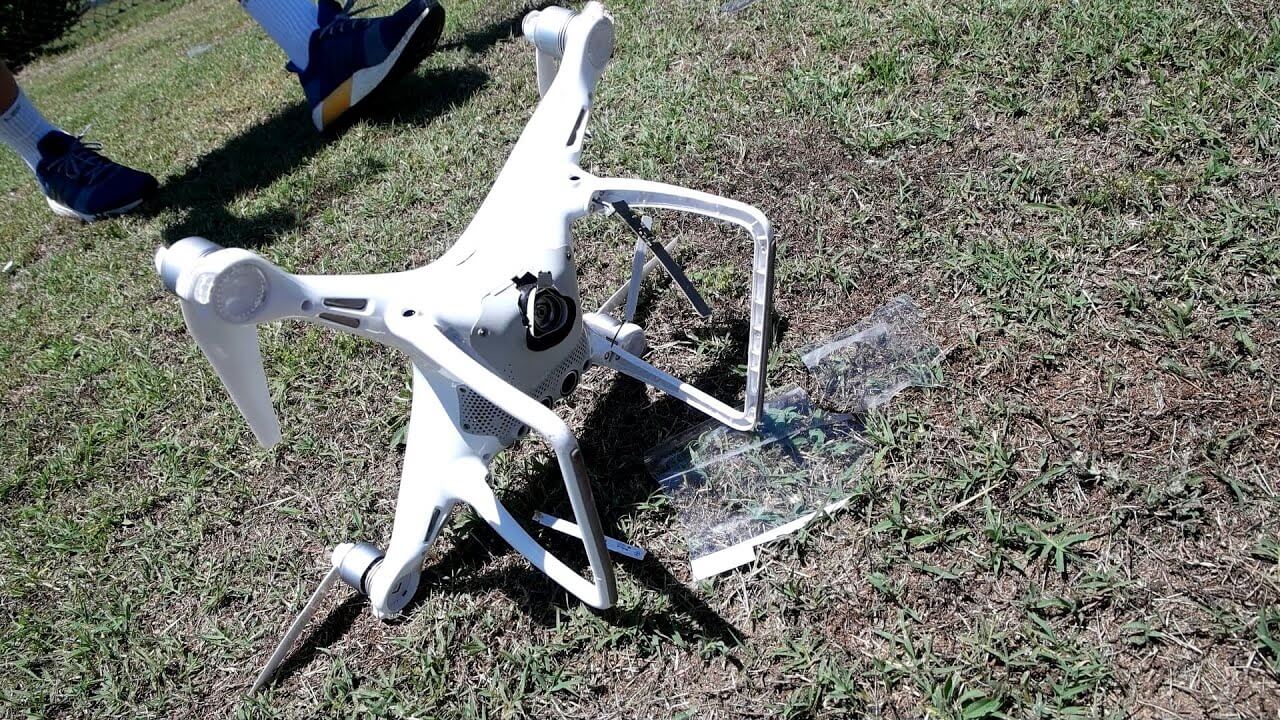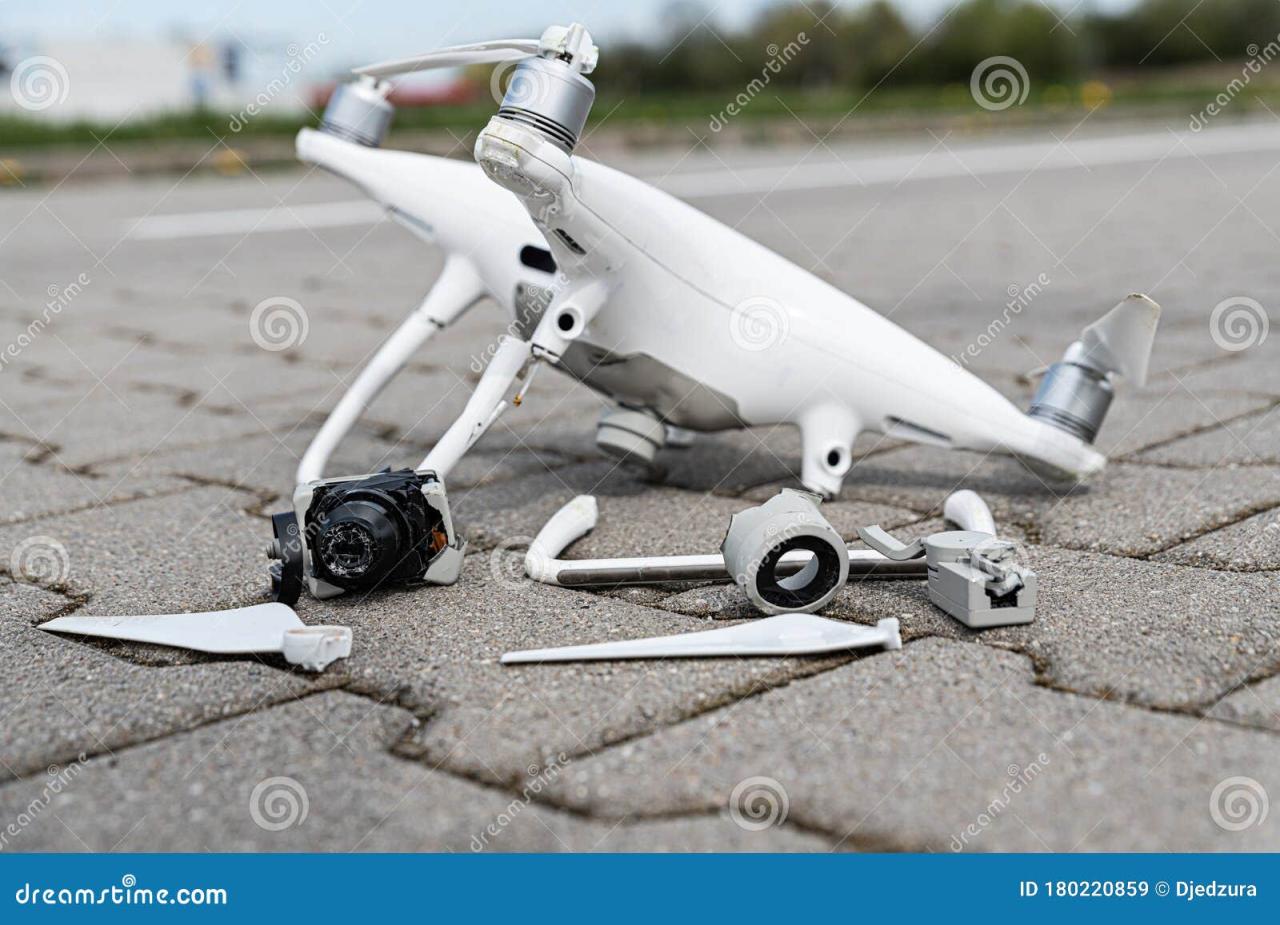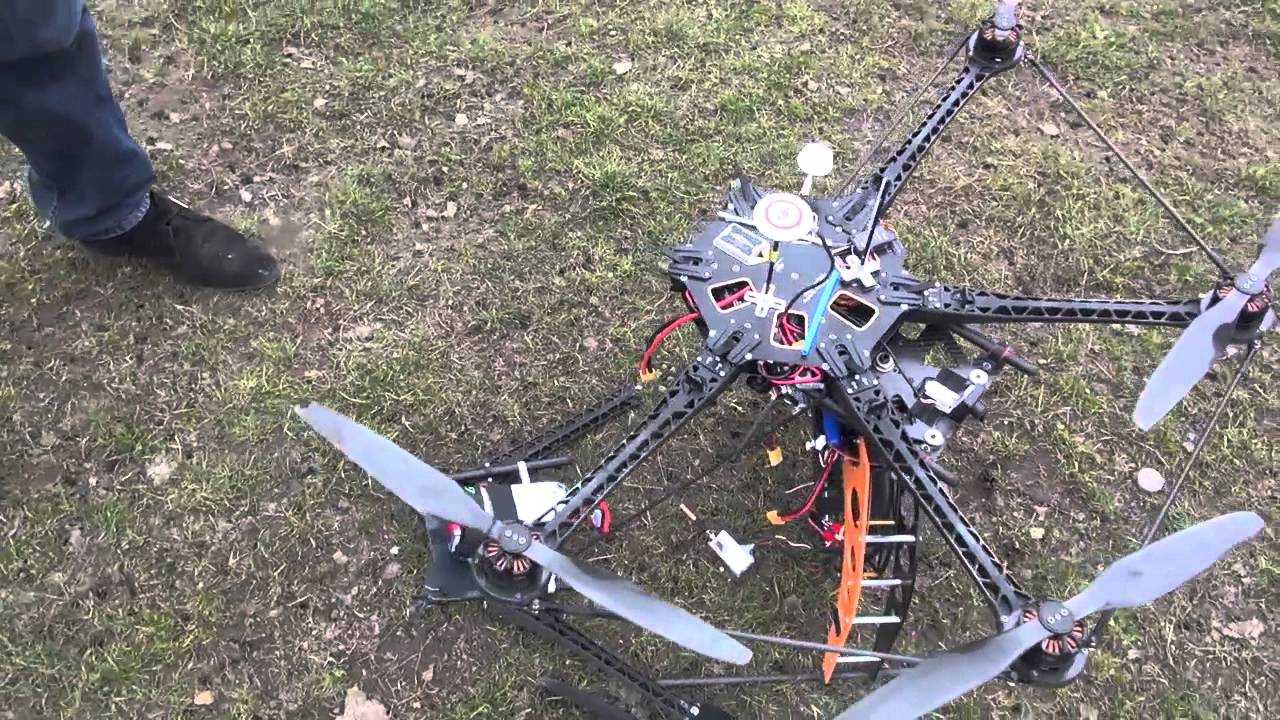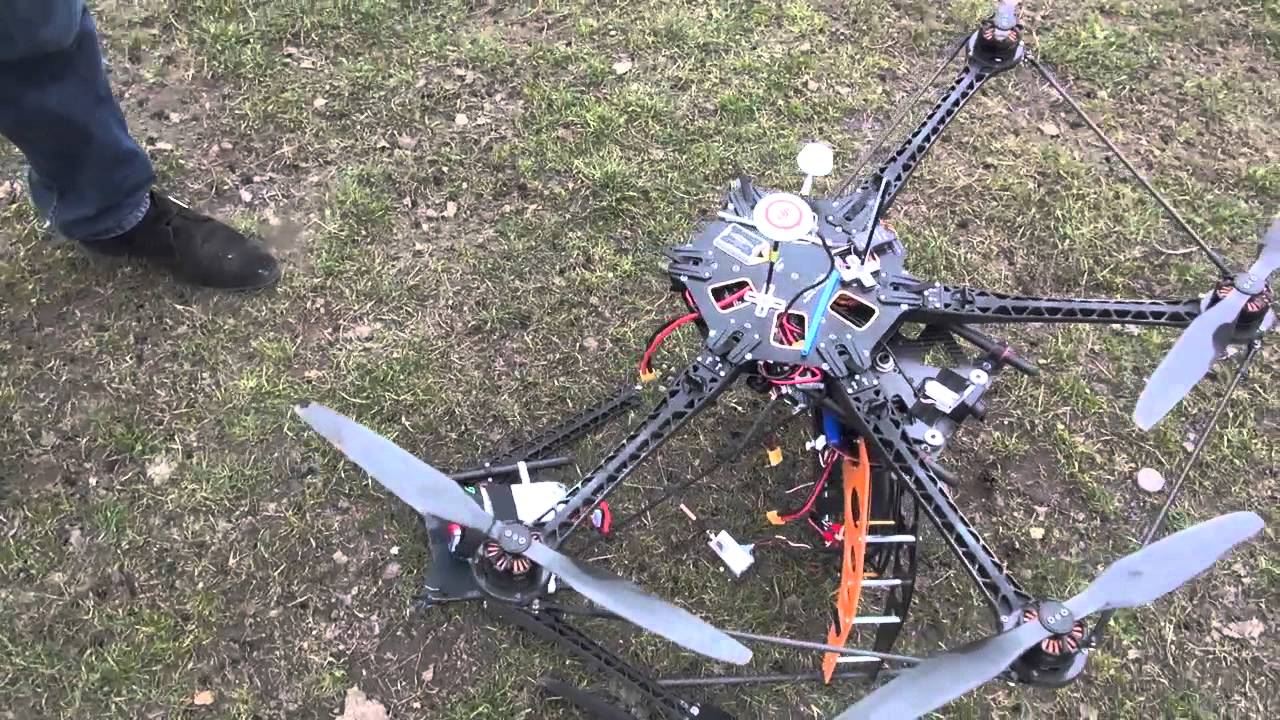Drone show crash – those three words instantly conjure images of chaos and malfunction. But understanding why these spectacular events sometimes go wrong is key to preventing future incidents. This guide delves into the various causes of drone show crashes, from simple human error to complex technological failures, exploring the consequences and the steps being taken to improve safety.
We’ll examine safety regulations, technological advancements, and real-world case studies to provide a complete picture of this increasingly popular, yet potentially hazardous, form of entertainment. By understanding the risks, we can better appreciate the innovations aimed at making drone shows safer and more reliable for both audiences and operators.
Drone Show Crash Analysis
Drone shows, while spectacular, carry inherent risks. Understanding the causes of crashes, implementing robust safety protocols, and leveraging technological advancements are crucial for ensuring the future of this captivating entertainment form. This article delves into the various aspects of drone show crashes, examining their causes, consequences, and the steps being taken to mitigate future incidents.
Types of Drone Show Crashes

Drone show crashes can stem from a multitude of factors, broadly categorized as software malfunctions, hardware failures, adverse weather conditions, and human error. Each category has its unique consequences, ranging from minor drone damage to severe injuries and reputational harm.
Software malfunctions can include glitches in flight control software, communication system failures, or errors in the show’s programming sequence. Hardware failures might involve motor malfunctions, battery issues, or GPS receiver errors. Adverse weather, including strong winds, rain, or fog, can significantly impact drone stability and control. Human error encompasses mistakes in pre-flight checks, improper operation, or inadequate planning.
Consequences vary greatly depending on the cause and severity. Minor crashes might result in damaged drones, requiring repair or replacement. More severe crashes can lead to injuries to bystanders, significant property damage, and substantial financial losses for the organizers. Reputational damage, impacting future show bookings and public trust, is also a significant concern.
| Crash Type | Frequency (Estimated) | Severity (Scale 1-5, 5 being most severe) | Typical Consequences |
|---|---|---|---|
| Software Malfunction | Moderate | 3 | Drone damage, show disruption |
| Hardware Failure | Moderate | 4 | Drone damage, potential injuries, show cancellation |
| Adverse Weather | Low | 5 | Drone damage, potential injuries, significant financial losses |
| Human Error | High | Variable | Drone damage, potential injuries, reputational damage |
Safety Protocols and Regulations
Preventing drone show crashes requires a multi-pronged approach encompassing stringent safety regulations, robust pre-flight checks, well-defined emergency procedures, and effective airspace management. Technology plays a pivotal role in enhancing safety.
Drone show crashes are a bummer, highlighting the risks involved in these spectacular displays. To see a well-executed show, check out the amazing visuals of the niagara falls drone show , a great example of planning and execution. Understanding what makes a successful show, like the Niagara Falls one, helps us learn from crashes and improve safety protocols for future events.
- Pre-flight checks: Thorough inspection of all drones, including batteries, motors, and GPS systems.
- Emergency procedures: Established protocols for handling unexpected situations, such as loss of signal or drone malfunction.
- Airspace management: Securing appropriate airspace permits and coordinating with air traffic control.
- GPS redundancy: Utilizing multiple GPS receivers to ensure accurate positioning even if one fails.
- Fail-safe mechanisms: Implementing systems that automatically land drones in case of malfunction.
- Real-time monitoring systems: Using software to track the location and status of all drones during the show.
Impact of a Drone Show Crash on Public Perception
A drone show crash can significantly impact public perception of both the specific event and drone technology in general. The severity of the incident, the organizers’ response, and media coverage all influence public reaction.
Immediate effects include fear, concern for safety, and potential distrust of drone technology. Long-term effects can include decreased attendance at future drone shows, negative publicity for the organizers, and a general reluctance to embrace drone technology for entertainment purposes. Public reaction to a drone show crash is often compared to reactions to other entertainment accidents, such as fireworks displays or air shows.
While all such events carry risk, the novelty of drone technology may amplify negative perceptions following an accident.
Technological Advancements to Prevent Crashes

Continuous advancements in drone technology are enhancing safety and minimizing crash risks. These include autonomous flight systems that can navigate obstacles and adapt to changing conditions, improved obstacle avoidance technology using sensors and AI, and more robust communication protocols that minimize signal loss.
Autonomous flight systems, for instance, can significantly reduce reliance on human intervention, minimizing human error. Advanced obstacle avoidance technology uses a combination of cameras, lidar, and radar to detect and avoid obstacles in real-time. Improved communication protocols, including redundant communication links and error correction codes, ensure reliable data transmission even in challenging environments.
In a hypothetical future, a combination of these technologies could significantly reduce, if not eliminate, drone show crashes. Imagine a scenario where AI-powered drones autonomously manage the entire show, adapting to unforeseen circumstances and ensuring the safety of both the drones and spectators.
Case Studies of Notable Drone Show Crashes
Analyzing past drone show crashes provides valuable lessons for improving safety standards. Detailed investigations into these incidents reveal the root causes, highlighting areas needing improvement in technology, regulations, and operational procedures.
| Location | Date | Cause | Consequences |
|---|---|---|---|
| (Example Location 1) | (Example Date) | (Example Cause, e.g., Software Glitch) | (Example Consequences, e.g., Minor Drone Damage) |
| (Example Location 2) | (Example Date) | (Example Cause, e.g., Strong Winds) | (Example Consequences, e.g., Show Cancellation) |
Visual Representation of a Drone Show Crash Scenario

Imagine a vibrant night sky, hundreds of drones forming a breathtaking spectacle. Suddenly, a section of the formation begins to flicker erratically. One drone, its lights spastically flashing red, veers sharply from its programmed path, colliding with another. A cascade of sparks erupts as drones tumble from the sky, their lights scattering across the darkened landscape. The initial awe and wonder are replaced by a stunned silence, then gasps and murmurs of concern from the spectators below.
Drone show crashes are unfortunately becoming more common, highlighting the need for better safety protocols. When things go wrong, it’s often classified as a drone show accident , a term encompassing a range of incidents from minor malfunctions to complete system failures. Understanding these accidents is crucial for preventing future drone show crashes and ensuring spectacular, safe displays.
The visual impact would be chaotic, with a stark contrast between the initial beauty and the sudden, violent disruption.
Last Recap
Drone show crashes, while rare, highlight the critical need for robust safety protocols and ongoing technological innovation. From improved software and hardware to enhanced regulations and operator training, the industry is actively working to minimize risks. As drone technology continues to evolve, so too will the measures taken to ensure the spectacular beauty of drone shows doesn’t come at the cost of safety and public trust.
The future of drone shows hinges on a commitment to continuous improvement and a proactive approach to risk management.
Essential FAQs
What is the most common cause of drone show crashes?
While data varies, software glitches and human error are frequently cited as leading causes. Poor weather conditions also play a significant role.
Drone show crashes are a bummer, right? All that planning and then bam! But you know, to avoid such mishaps, reliable drones are key. That’s where companies like Sky Elements Drones come in; check out their awesome tech sky elements drones to see what I mean. Proper equipment and skilled operators are vital to preventing those spectacular – and expensive – drone show crashes.
What happens to the drones after a crash?
The extent of damage varies greatly. Some drones may be repairable, while others are completely destroyed. Recovery and investigation procedures are typically initiated.
Are drone show operators insured?
Many operators carry liability insurance to cover potential damages or injuries resulting from accidents. The specifics vary depending on location and the scale of the show.
How are drone shows regulated?
Regulations vary by country and region, often involving permits, airspace restrictions, and safety certifications for operators. These regulations are constantly evolving to keep pace with technological advancements.
